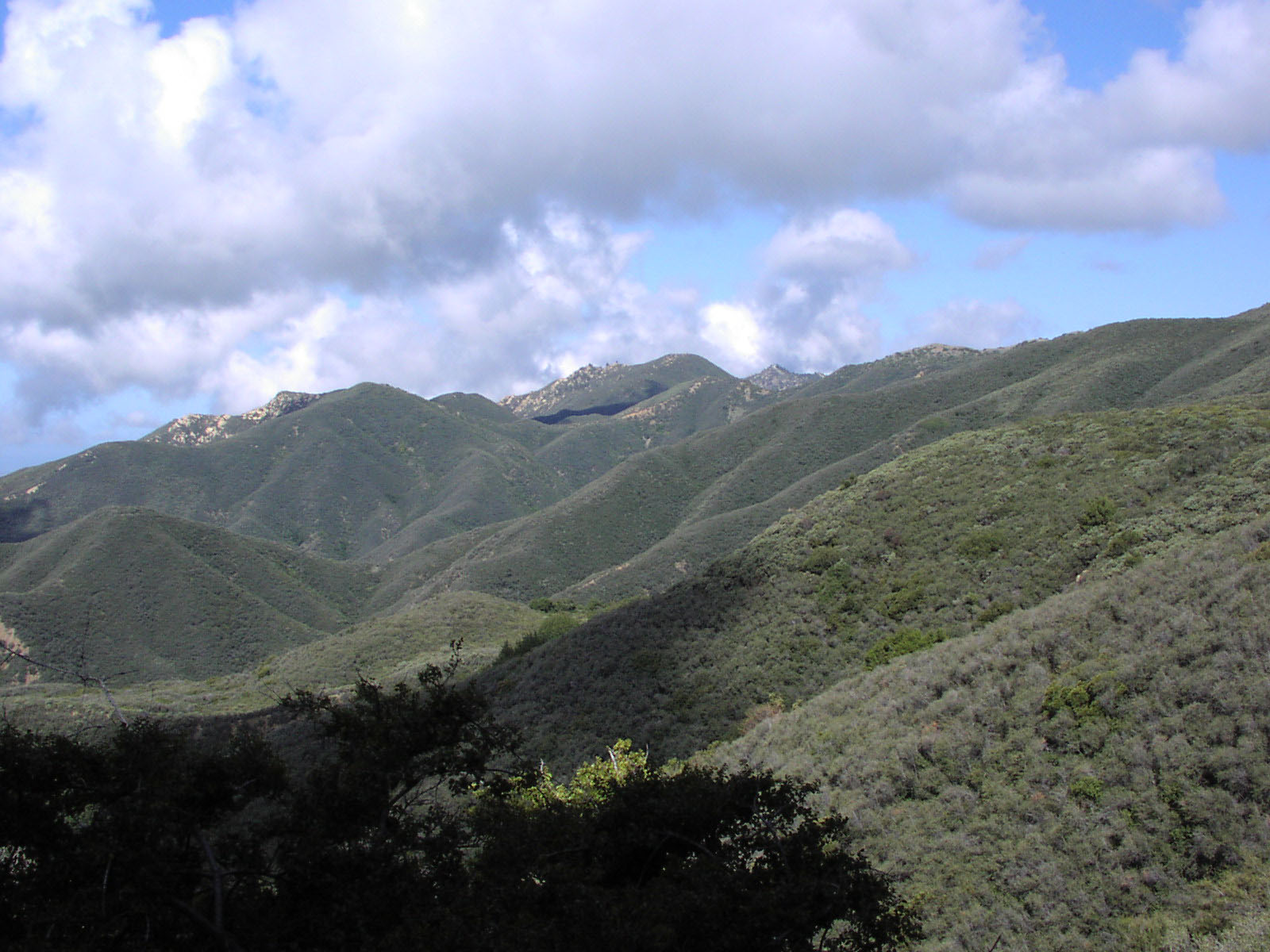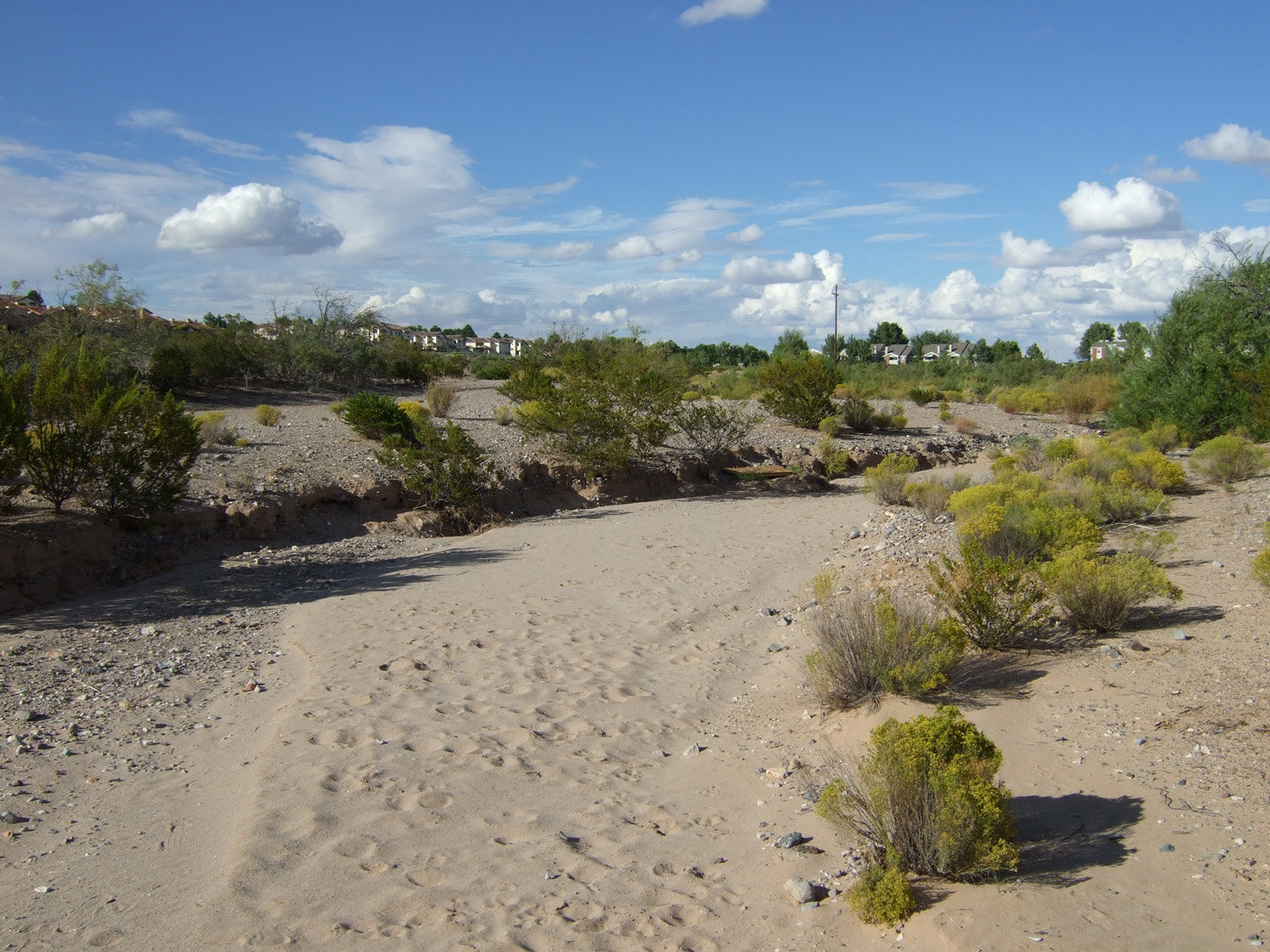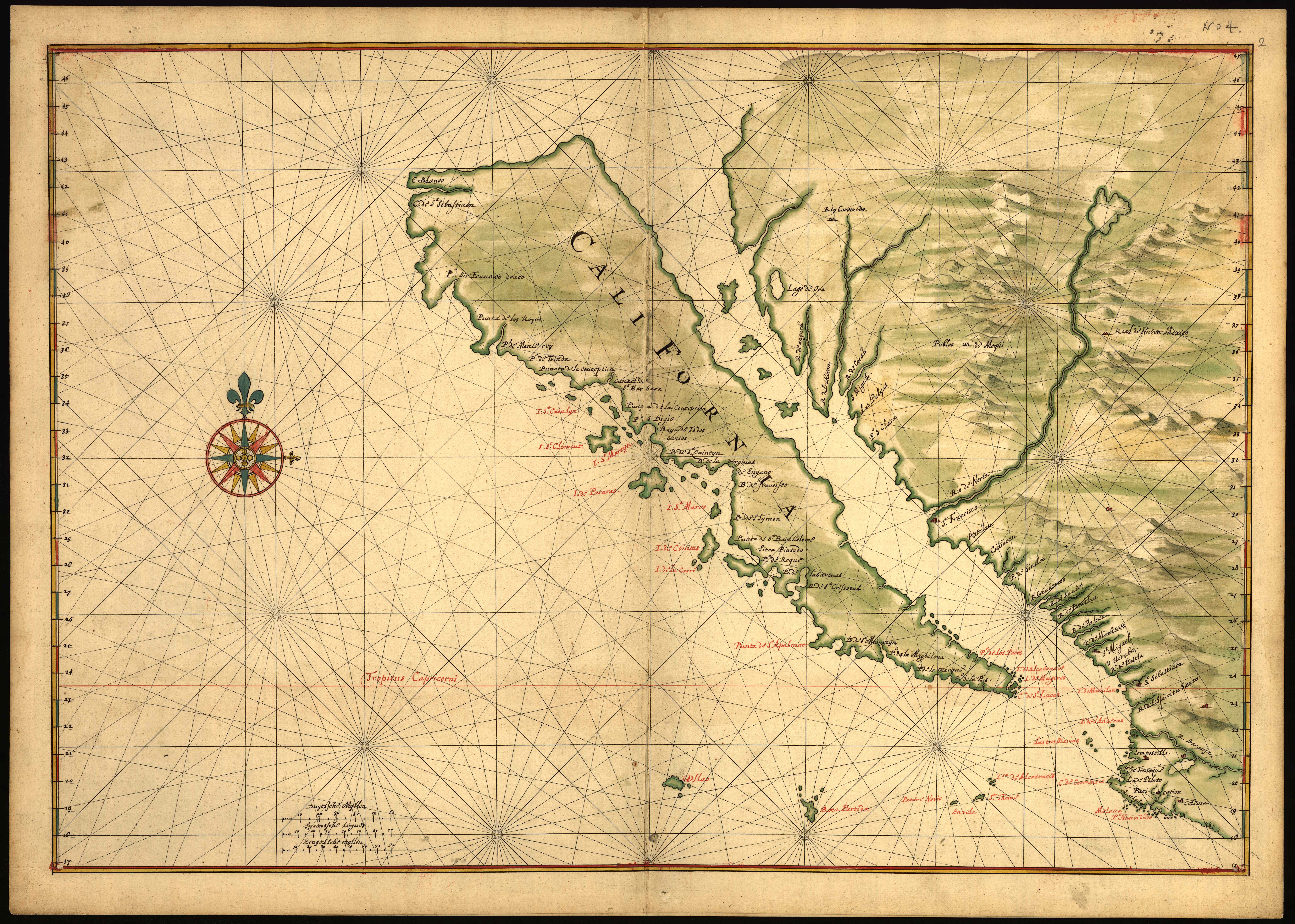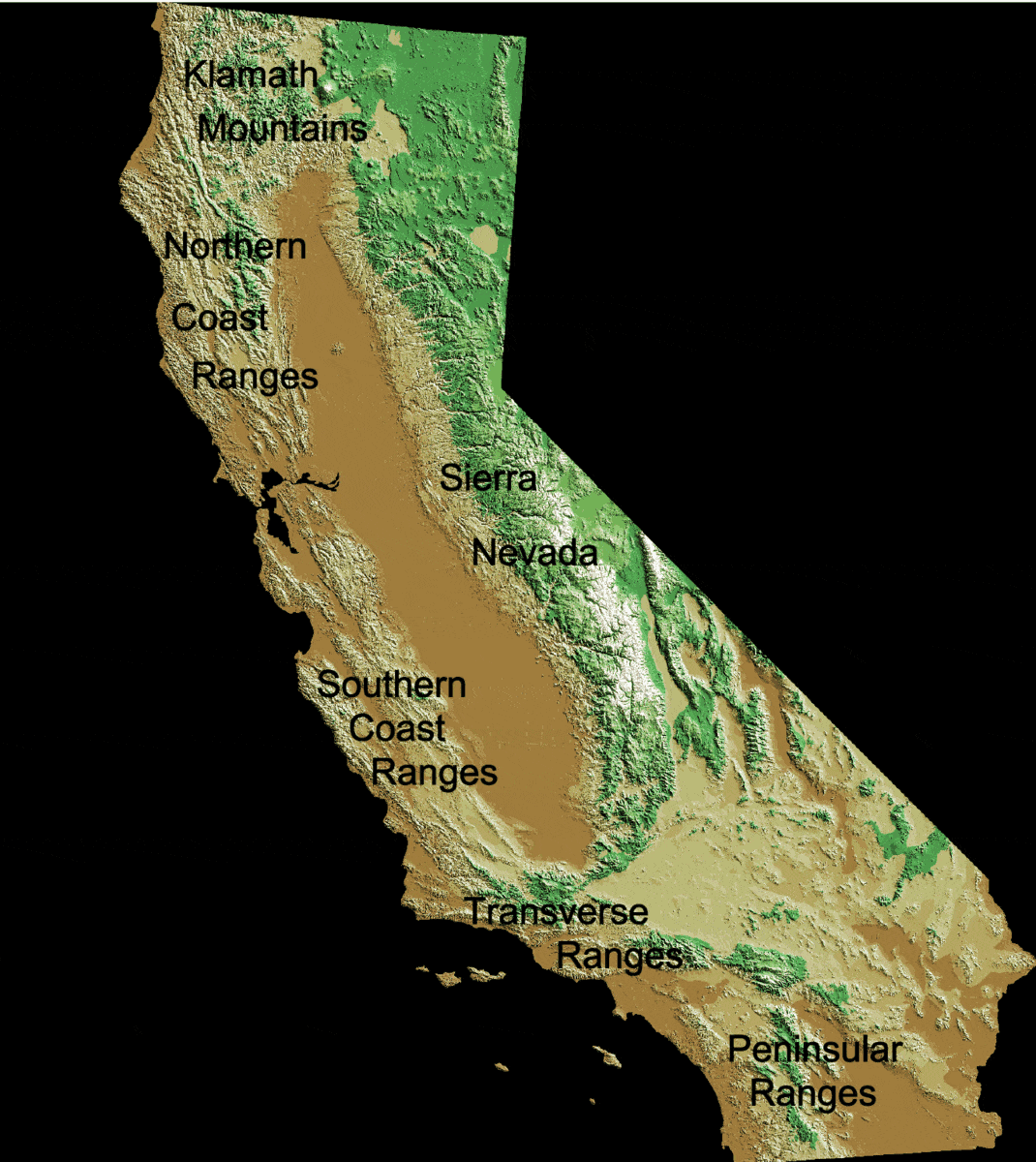|
Eriogonum Fasciculatum
''Eriogonum fasciculatum'' is a species of wild buckwheat known by the common names California buckwheat and flat-topped buckwheat. Characterized by small, white and pink flower clusters that give off a cottony effect, this species grows variably from a patchy mat to a wide shrub, with the flowers turning a rusty color after blooming. This plant is of great benefit across its various habitats, providing an important food resource for a diversity of insect and mammal species. It also provides numerous ecosystem services for humans, including erosion control, post-fire mitigation, increases in crop yields when planted in hedgerows, and high habitat restoration value.Montalvo, A. M., E. C. Riordan, and J. L. Beyers. 2018. ''Plant Profile for Eriogonum fasciculatum, Updated 2018.'' Native Plant Recommendations for Southern California Ecoregions. Riverside-Corona Resource Conservation District and U.S. Department of Agriculture, Forest Service, Pacific Southwest Research Station, ... [...More Info...] [...Related Items...] OR: [Wikipedia] [Google] [Baidu] |
George Bentham
George Bentham (22 September 1800 – 10 September 1884) was an English botanist, described by the weed botanist Duane Isely as "the premier systematic botanist of the nineteenth century". Born into a distinguished family, he initially studied law, but had a fascination with botany from an early age, which he soon pursued, becoming president of the Linnaean Society in 1861, and a fellow of the Royal Society in 1862. He was the author of a number of important botanical works, particularly flora. He is best known for his taxonomic classification of plants in collaboration with Joseph Dalton Hooker, his ''Genera Plantarum'' (1862–1883). He died in London in 1884. Life Bentham was born in Stoke, Plymouth, on 22 September 1800. His father, Sir Samuel Bentham, a naval architect, was the only brother of Jeremy Bentham to survive into adulthood. His mother, Mary Sophia Bentham, was a botanist and author. Bentham had no formal education but had a remarkable linguistic aptitude. By ... [...More Info...] [...Related Items...] OR: [Wikipedia] [Google] [Baidu] |
Autonym (botany)
In botanical nomenclature, autonyms are automatically created names, as regulated by the ''International Code of Nomenclature for algae, fungi, and plants'' that are created for certain subdivisions of genera and species, those that include the type of the genus or species. An autonym might not be mentioned in the publication that creates it as a side-effect. Autonyms "repeat unaltered" the genus name or species epithet of the taxon being subdivided, and no other name for that same subdivision is validly published (article 22.2). For example, ''Rubus'' subgenus ''Eubatus'' is not validly published, and the subgenus is known as ''Rubus'' subgen. ''Rubus''. Autonyms are cited without an author. The publication date of the autonym is taken to be the same as that of the subdivision(s) that automatically established the autonym, with some special provisions (the autonym is considered to have priority over the other names of the same rank established at the same time (article 11.6)). Ar ... [...More Info...] [...Related Items...] OR: [Wikipedia] [Google] [Baidu] |
Chaparral
Chaparral ( ) is a shrubland plant plant community, community found primarily in California, southern Oregon, and northern Baja California. It is shaped by a Mediterranean climate (mild wet winters and hot dry summers) and infrequent, high-intensity crown fires. Many chaparral shrubs have hard sclerophyllous evergreen leaves, as contrasted with the associated soft-leaved, drought-deciduous, scrub community of coastal sage scrub, found often on drier, southern-facing slopes. Three other closely related chaparral shrubland systems occur in southern Arizona, western Texas, and along the eastern side of central Mexico's mountain chains, all having summer rains in contrast to the Mediterranean climate of other chaparral formations. Etymology The name comes from the Spanish language, Spanish word , which translates to "place of the scrub oak". ''Scrub oak'' in turn comes from the Basque language, Basque word , which has the same meaning. Overview In its natural state, chaparral is ... [...More Info...] [...Related Items...] OR: [Wikipedia] [Google] [Baidu] |
Arroyo (watercourse)
An arroyo ( (from Spanish Language, Spanish ''arroyo'' (, "brook"))) or wash is a dry Stream#Other terminology, watercourse that temporarily or seasonally fills and flows after sufficient rain. Flash floods are common in arroyos following thunderstorms. It is akin to the Catalan language, Catalan rambla, which stems from the Arabic ''rámla'', "dry river". Similar landforms are referred to as ''wadi'' (in North Africa and Western Asia), ''chapp'' in the Gobi, ''laagate'' in the Kalahari, ''donga'' in South Africa, ''nullah'' in India, ''fiumare'' in Italy, and ''dry valley'' in England. The desert dry wash biome is restricted to the arroyos of the southwestern United States. Arroyos provide a water source to desert animals. Types and processes Arroyos can be natural fluvial landforms or constructed flood control channels. The term usually applies to a Grade (slope), sloped or mountainous terrain in xeric and desert climates. In addition: in many rural communities arroyos are ... [...More Info...] [...Related Items...] OR: [Wikipedia] [Google] [Baidu] |
Tres Vírgenes
Tres Vírgenes is a complex of volcanoes located in the Mulegé Municipality in the state of Baja California Sur, on the Baja California Peninsula in northwestern Mexico. This Volcano is part of a volcanic ridge that extends from Baja California towards the Guaymas Basin. It is composed of three volcanoes, aligned northeast–southwest, with El Viejo, the oldest, to the northeast, El Azufre in the middle, and the youngest, El Vírgen, to the southwest. El Vírgen, being by far the most conspicuous of the three, is commonly known as "Las Tres Vírgenes". Geological Background Volcán Las Tres Vírgenes is part of a cluster that includes the central vent structure of El Azufre and El Viejo. The off-shore volcanic ridges extend from Tres Vírgenes–Aguajito–La Reforma towards sea-floor spreading centers in the Guayamas basin. It is located within the Gulf of California rift zone. It is a part of a volcanic ridge that extends from the eastern coast of Baja California towards ac ... [...More Info...] [...Related Items...] OR: [Wikipedia] [Google] [Baidu] |
Baja California Sur
Baja California Sur, officially the Free and Sovereign State of Baja California Sur, is a state in Mexico. It is the 31st and last state to be admitted, in 1974. It is also the second least populated Mexican state and the ninth-largest state by area. Before becoming a state on 8 October 1974, the area was known as the ''El Territorio Sur de Baja California'' ("South Territory of Lower California"). It has an area of , or 3.57% of the land mass of Mexico, and occupies the southern half of the Baja California Peninsula, south of the 28th parallel north, 28th parallel, plus the uninhabited Rocas Alijos in the Pacific Ocean. It is bordered to the north by the state of Baja California, to the west by the Pacific Ocean, and to the east by the Gulf of California. The state has maritime borders with Sonora and Sinaloa to the east, across the Gulf of California. The state is home to the tourist resorts of Cabo San Lucas and San José del Cabo. Its largest city and capital is La Paz, Baja ... [...More Info...] [...Related Items...] OR: [Wikipedia] [Google] [Baidu] |
Great Basin
The Great Basin () is the largest area of contiguous endorheic watersheds, those with no outlets to the ocean, in North America. It spans nearly all of Nevada, much of Utah, and portions of California, Idaho, Oregon, Wyoming, and Baja California. It is noted for both its arid climate and the basin and range topography that varies from the North American low point at Badwater Basin in Death Valley to the highest point of the contiguous United States, less than away at the summit of Mount Whitney. The region spans several physiographic divisions, biomes, ecoregions, and deserts. Definition The term "Great Basin" is applied to hydrographic, biological, floristic, physiographic, topographic, and ethnographic geographic areas. The name was originally coined by John C. Frémont, who, based on information gleaned from Joseph R. Walker as well as his own travels, recognized the hydrographic nature of the landform as "having no connection to the ocean". The hydrographic defi ... [...More Info...] [...Related Items...] OR: [Wikipedia] [Google] [Baidu] |
Mojave Desert
The Mojave Desert (; ; ) is a desert in the rain shadow of the southern Sierra Nevada mountains and Transverse Ranges in the Southwestern United States. Named for the Indigenous peoples of the Americas, indigenous Mohave people, it is located primarily in southeastern California and southwestern Nevada, with small portions extending into Arizona and Utah. The Mojave Desert, together with the Sonoran Desert, Sonoran, Chihuahuan Desert, Chihuahuan, and Great Basin Desert, Great Basin deserts, form a larger List of North American deserts, North American desert. Of these, the Mojave is the smallest and driest. It displays typical basin and range topography, generally having a pattern of a series of parallel mountain ranges and valleys. It is also the site of Death Valley, which is the lowest elevation in North America. The Mojave Desert is often colloquially called the "high desert", as most of it lies between . It supports a diversity of flora and fauna. The desert supports a numb ... [...More Info...] [...Related Items...] OR: [Wikipedia] [Google] [Baidu] |
Sonoran Desert
The Sonoran Desert () is a hot desert and ecoregion in North America that covers the northwestern Mexican states of Sonora, Baja California, and Baja California Sur, as well as part of the Southwestern United States (in Arizona and California). It is the hottest desert in Mexico. It has an area of . In phytogeography, the Sonoran Desert is within the Sonoran floristic province of the Madrean region of southwestern North America, part of the Holarctic realm of the northern Western Hemisphere. The desert contains a variety of unique endemic plants and animals, notably, the saguaro (''Carnegiea gigantea'') and organ pipe cactus (''Stenocereus thurberi''). The Sonoran Desert is clearly distinct from nearby deserts (e.g., the Great Basin, Mojave, and Chihuahuan deserts) because it provides subtropical warmth in winter and two seasons of rainfall (in contrast, for example, to the Mojave's dry summers and cold winters). This creates an extreme contrast between aridity and moistur ... [...More Info...] [...Related Items...] OR: [Wikipedia] [Google] [Baidu] |
Peninsular Ranges
The Peninsular Ranges (also called the Lower California province) are a group of mountain ranges that stretch from Southern California to the southern tip of the Baja California peninsula; they are part of the North American Pacific Coast Ranges, which run along the Pacific coast from Alaska to Mexico. Elevations range from . Geography The Peninsular Ranges include the Santa Ana Mountains, the Temescal Mountains, other mountains and ranges of the Perris Block, the San Jacinto Mountains, the Laguna Mountains of southern California continuing from north to south with the Sierra de Juárez, the Sierra de San Pedro Mártir, the Sierra de San Borja, the Sierra de San Francisco, the Sierra de la Giganta, and the Sierra de la Laguna in Baja California. Palomar Mountain, home to Palomar Observatory, is in the Peninsular Ranges in San Diego County, as are the San Ysidro Mountains and Viejas Mountain. The Peninsular Ranges run predominantly north-south, unlike the Transverse R ... [...More Info...] [...Related Items...] OR: [Wikipedia] [Google] [Baidu] |
Transverse Ranges
The Transverse Ranges are a group of mountain ranges of Southern California, in the Pacific Coast Ranges physiographic region in North America. The Transverse Ranges begin at the southern end of the California Coast Ranges and lie within Santa Barbara, Ventura, Los Angeles, San Bernardino, Riverside and Kern counties. The Peninsular Ranges lie to the south. The name is due to the ranges' east–west orientation, making them wikt:transverse, transverse to the general northwest–southeast orientation of most of California's coastal mountains.Dibblee Jr, T.W., 1982. Regional geology of the Transverse Ranges Province of southern California. ''Geology and mineral wealth of the California Transverse Ranges'', ''10'', pp.7-26. The ranges extend from west of Point Conception eastward approximately 500 kilometers into the Mojave Desert, Mojave and Colorado Desert. The geology and topography of the ranges express three distinct segments that have contrasting elevations, rock types, and veg ... [...More Info...] [...Related Items...] OR: [Wikipedia] [Google] [Baidu] |
California Coast Ranges
The Coast Ranges of California span from Del Norte County, California, Del Norte or Humboldt County, California, south to Santa Barbara County, California, Santa Barbara County. The other three coastal California mountain ranges are the Transverse Ranges, Peninsular Ranges and the Klamath Mountains. Physiographically, they are a section of the larger Pacific Border province, which in turn is part of the larger Geography of the United States Pacific Mountain System, Pacific Mountain System physiographic division. UNESCO has included the "California Coast Ranges Biosphere Reserve" in its Man and the Biosphere Programme of World Network of Biosphere Reserves since 1983. * Physiography The northern end of the California Coast Ranges overlap the southern end of the Klamath Mountains for approximately on the west. They extend southward for more than to where the coastline turns eastward along the Santa Barbara Channel, around the area of Point Conception. Here the southern end m ... [...More Info...] [...Related Items...] OR: [Wikipedia] [Google] [Baidu] |









